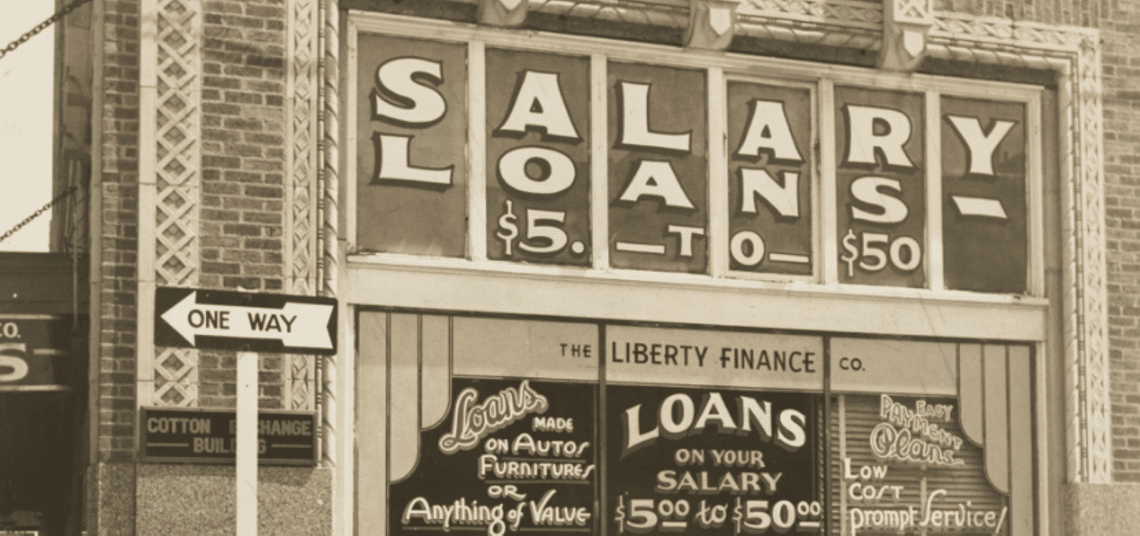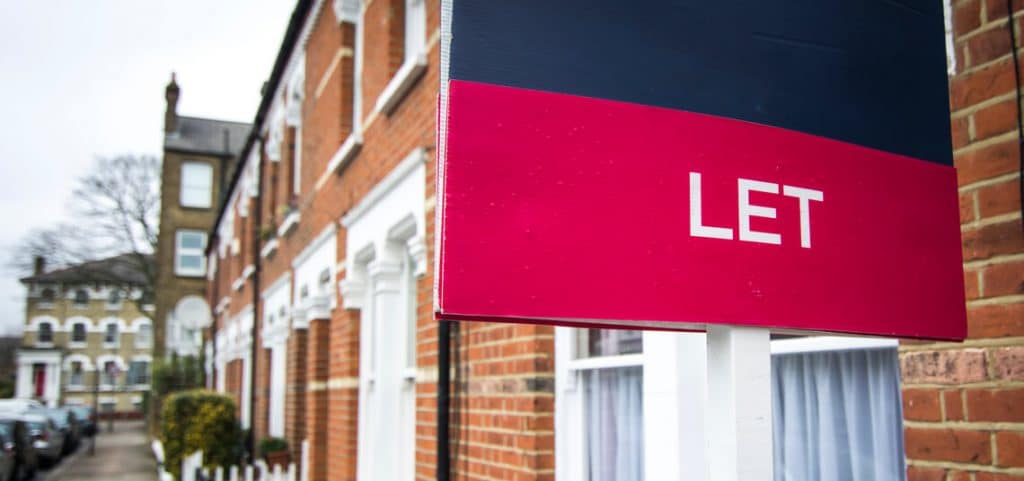What actually happened to mortgages, and what the future now holds.
The idea of lending money to someone to purchase a home they can’t afford to pay for in full is simple enough. But somewhere along the line – amid the complexities, jargon and small print – mortgages became anything but simple.
Fear not, though, as we’re here to take a look at the history of mortgages, the current state of play, and how they can be simplified to make the borrowers’ life just that much bit easier.
How did mortgages start?
The word ‘mortgage’ is derived from the Latin words ‘mort’ and ‘gage’, which mean ‘death’ and ‘pledge’. A mortgage was essentially a dead pledge – or, in lighter terms, the pledge dies once the mortgage has been repaid.
Documents from 1190 reveal the beginnings of a system that somewhat resembled mortgages, though it was mostly for the purchase of land. They describe a creditor being protected in purchase agreements – a conditional sale where the creditor held the title of a property or land, but the debtor could sell those assets to recover any money paid.
It turns out that dead pledges came with their share of problems. If either the lender or the borrower died, or even if the lender passed the debt on to someone else, repossession of the property became the most likely outcome.
As a result, dead pledges had almost entirely disappeared by the 14th century. Then, in the 19th century, they made a comeback when the first building societies were introduced. The 1930s saw a housing boom in the UK, with the middle classes taking advantage of the increased presence of mortgages with low interest rates.
The fast and loose days of the 80’s
The 1980s brought with it a golden age for pop music, the Sony Walkman, Pacman and accessible mortgages for everyone. The introduction of the Mortgage Interest Relief At Source legislation saw a record number of Brits being able to buy their home, thanks to tax relief on the first £30,000 of any qualifying mortgage.
There was also the Right to Buy scheme, which allowed social housing tenants the opportunity to purchase their council homes. Though prices were based on market value, tenants were offered discounts of between 33-50 percent. These numbers took into account rents that had already been paid to the council.
Both schemes changed the landscape of home ownership of the UK. Before the 80s, owning your home was primarily seen as something only affluent people did. However, that all changed, and by the early 90s, sixty-seven percent of Brits owned their own homes.
Making mortgages great
Just like any successful product, mortgages evolved to offer borrowers more options. Mostly thanks to the deregulation of the financial sector, the early 90s saw different types of mortgages to reflect a variety of property buyers.
Banks were the chief engineers behind the changes, ramping up their advertising and marketing to drive customers to their products instead of traditional building societies. It worked too, as banks increased their share of the mortgage market from three to thirty-six percent.
By 1993, the demand for property that started in the 1980s saw house prices rise faster than both inflation and real wages. The result meant some people found it difficult to find affordable housing, which only increased with the introduction of buy-to-let mortgages in 1996 and the rental boom.
Credit crunching
Even a recession in the early 90s didn’t drastically impact the UK property market, which was being driven by easily available mortgages and house prices rising faster than a rocket. At least until 2009, when house prices plummeted by 7.6 percent.
Suddenly, homeowners with large mortgages – based on the idea of continued house price rises – felt the pinch. The decrease was a direct impact of the Credit Crunch (also known as The Great Recession) of 2008, which saw an economic downturn worldwide.
In the aftermath of the Great Recession, lenders were forced to take a long, hard look at how they handed out mortgages. The current system wasn’t sustainable, and changes were needed to stop the same problems arising in the future.
Mortgage Market Review
In 2007, relaxed lending drove many borrowers into financial hardship, and a complete review of the system was needed. The Mortgage Market Review was born out of The Great Recession and the unsustainable housing market.
The most significant change introduced in the Mortgage Market Review centred around the affordability of applicants. Before the Mortgage Market Review, lending requirements were judged on the ability to pay back the loan, which was measured by income.
As a result of the Mortgage Market Review, lenders now take all aspects of income and outgoings into account. Essentially lenders are looking at a borrower’s’ overall financial qualifications: how much they earn, how much are their outgoings, and what is their current level of debt?
Interest-only mortgages also changed, with borrowers only able to take out this type of mortgage if they could display a clear repayment strategy once the mortgage term has ended. As a result, interest-only mortgages became almost exclusive to buy-to-let investors, who used their property equity as proof of being able to pay back the mortgage.
Lenders and their sales staff were also given more responsibility, as they were obliged to verify borrower’s income. A direct implication of this change meant even longer wait times for mortgage decisions.
Mortgage Market Study
As a result of these lengthy mortgage reviews, the Financial Conduct Authority published an interim report into the ways that the mortgage market could improve.
In the report, the Financial Conduct Authority looked at how mortgages could work better for a greater spread of people, with the aim to help borrowers find the best-priced deal. They also wanted to help long-standing mortgage owners locked into deals, switch to better options sooner
Other details of the report concluded there is a high level of choice when it comes to mortgage options, yet thirty percent of customers still feel as if they find the best deal for them. As a result, the Financial Conduct Authority concluded that it should be easier for a customer to identify good deals early on in their mortgage search.
As well as a lack of clarity around the best deals, many borrowers complained about the length of time it took to get a mortgage. While the extra time taken was initially seen as a positive due to more thorough suitability checks, it’s evident now that the industry hasn’t quite evolved at the same pace that technology has.
Mortgages of the future
Banking, entertainment, travel and transport have all received digital upgrades, yet it’s only now that mortgages are genuinely embracing the digital revolution. The result will see shorter wait times, instant decisions, and a smoother mortgage application process.
It’d be fair to say, mortgages have come a long way since they launched in the public domain. Initial dead pledges gave way to the 1930s housing boom, which was ramped up by the irresponsible lending of the late 20th century, before tighter rules came into force in the aftermath of the credit crunch.
Now in 2019, it seems that mortgages are finally making their way into the 21st century. Indeed, the emergence of new technologies like API’s and Open Banking, has meant that Molo has been able to create an experience which gives customers smoother and smarter ways to borrow.
And that, can only ever be a good thing.



